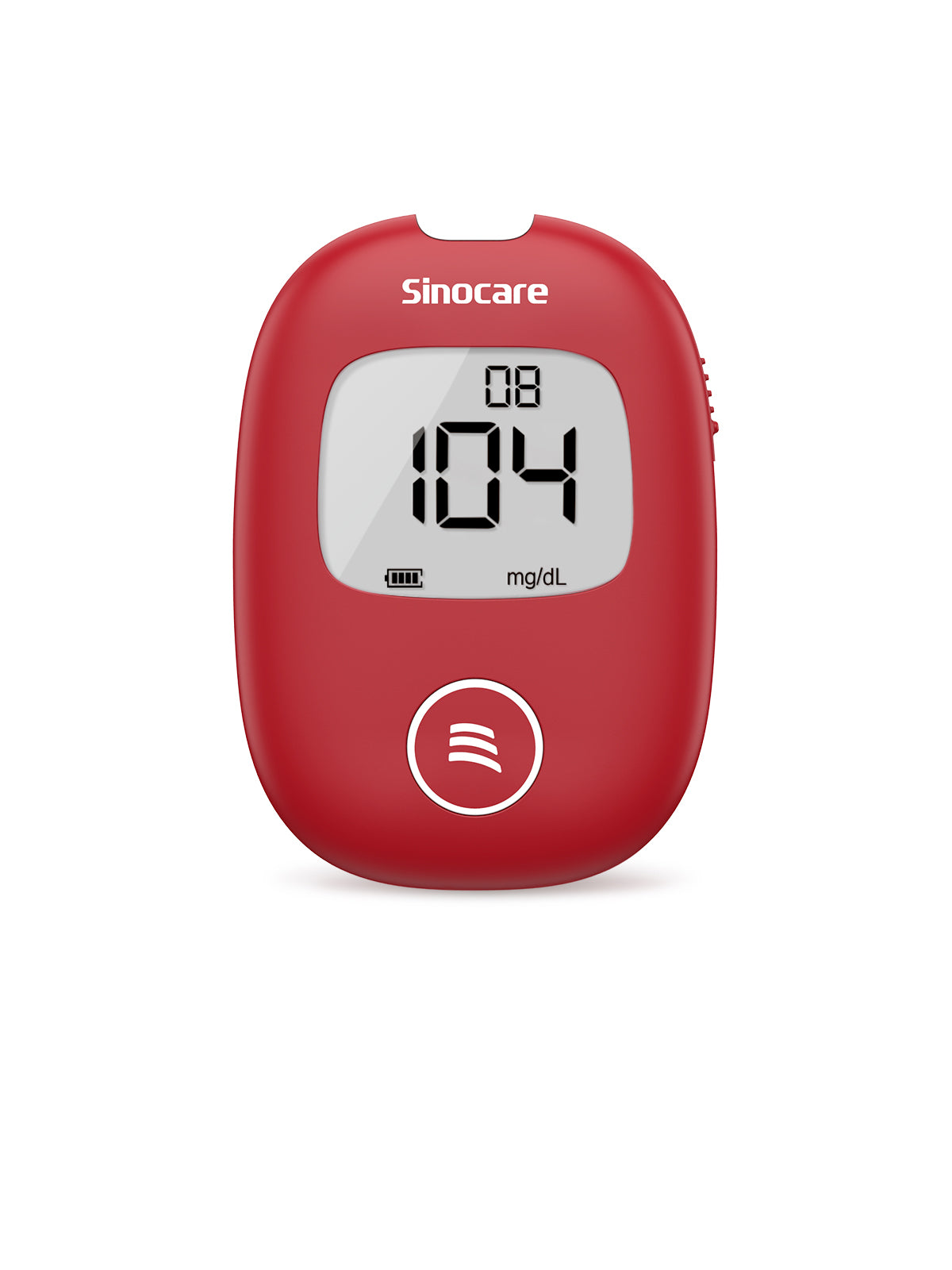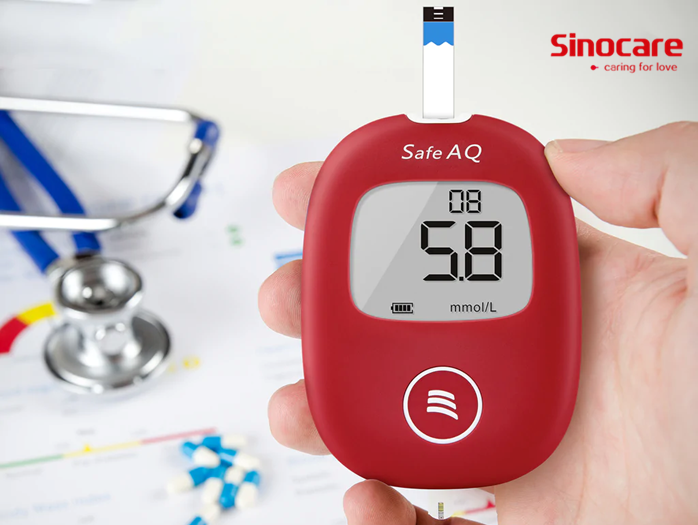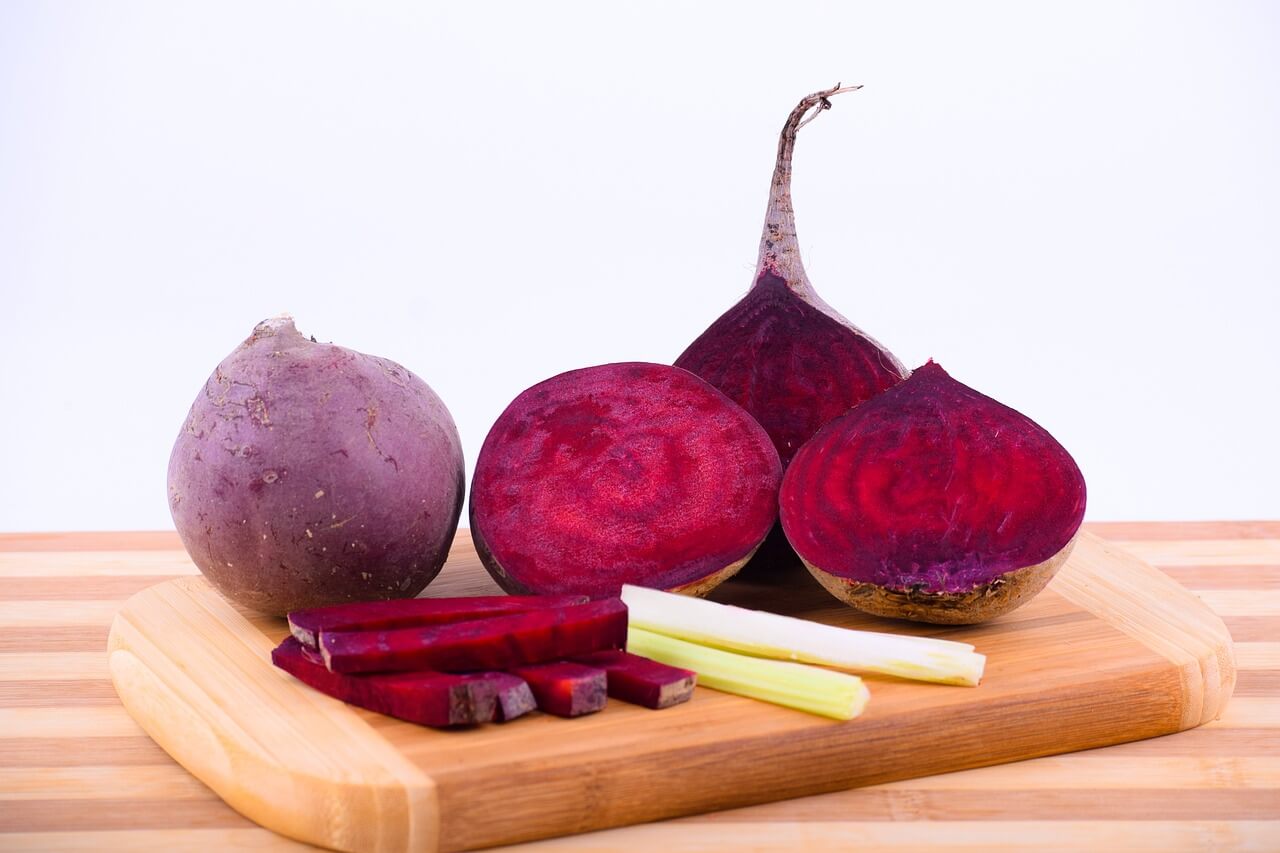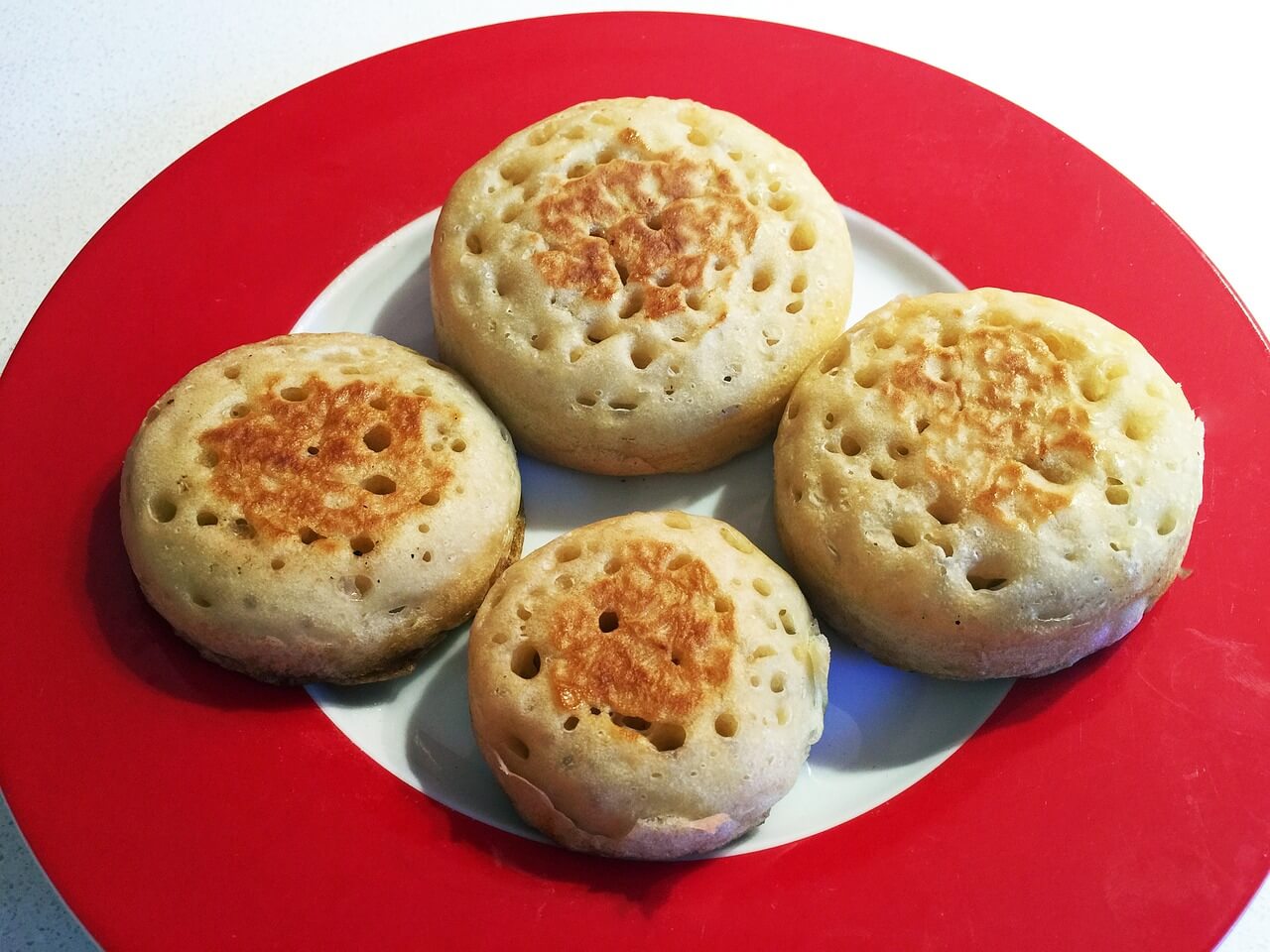Cell biology is a fascinating field of science. But the molecules that work inside these cells make it even more interesting.
One such molecule in our cells is glucose. It is our body's primary energy source and fuels the cells like gasoline fueling a car. However, our bodies do not make glucose on their own. It mainly comes from the food we eat, and then the blood carries it to the cells in our body. [1]
The entry of glucose into cells is another fascinating process. Knowing this can help us better comprehend how cells convert it into energy. But what if we could make it a little more fun to learn? Let's explore how glucose enters the cells and see if we can add some zing to cellular biology!
Why is Glucose Important?
Glucose is a simple sugar (monosaccharide) composed of six carbon, twelve hydrogen, and six oxygen atoms (C6H12O6). It stores food's chemical energy in a stable form. This energy gets released into our system once the cells break down glucose.
Glucose is essential for the cellular life of almost all organisms. Most cells in our body use this simple sugar as the primary fuel source, along with fats and proteins. They extract energy from it via cellular respiration, which converts sugars into ATP (Adenosine Triphosphate). [1-3]
In our body, one organ that needs glucose the most is the brain. It is, in fact, our brain's sole energy source to do various activities. The neurons and their chemical messengers (neurotransmitters) need it to process signals.
Our brains cannot function properly without glucose. A lack of it stops neurons from making neurotransmitters. In the end, neurons struggle to send signals to target cells. [4]
As the body's main fuel source, glucose helps metabolize the foods we eat. It assists in almost all stages of cell metabolism, from creating energy to making hormones and enzymes. Once glucose breaks down, cells produce the energy-carrying molecule ATP. This molecule is an energy store and almost fuels every metabolic process in a cell. [2, 3]
Note: metabolism is the chemical process that enables our cells to convert food into energy.
How Glucose Enters the Cells
As we eat, food passes down to our stomach via the esophagus. The stomach then starts breaking it down into smaller pieces with the help of acids and enzymes.
During this process, our body turns food particles into glucose. It then travels to the intestines. From there, it enters our bloodstream. Afterwards, insulin assumes control and moves glucose from the blood to our cells. When glucose travels via the blood, we often call it blood sugar. [5, 6]
However, glucose entry into the cells is not as easy as it seems. The lipid bilayer of cells blocks it from entering due to its polar nature. So, it uses specific transport proteins called glucose transporters to enter the cells.

Figure1. Glucose metabolism in a normal cell
Source: Martel and colleague [16], CC-BY-4.0.
Carrier proteins usually transport various molecules depending on the type of cell involved. They have specialized receptors designed to identify specific molecules like glucose. These proteins then help glucose get to our cells for use or storage as energy. In general, most cells can express several types of glucose transporters. [7, 8]
Glucose uptake inside our cells usually involves two types of transport proteins:
- Sodium-dependent transporters. This transporter type moves sodium across the cell membrane via active transport. The sodium then diffuses down to carry a glucose molecule inside the cell. This process, however, needs cell energy to transport glucose across the plasma membrane. [7]
- Sodium-independent transporters. This transporter type does not rely on sodium to transport glucose in and out of cells. It allows glucose to enter a cell through a process called facilitated diffusion. During this process, specific proteins act as a gateway for molecules to cross the lipid barrier. This process needs no energy from the cell and moves glucose into it with little effort. It is as if no ENTRY into or EXIT from the cell happened. [9]
In brief, by carrying glucose, these transport proteins give our cells the fuel they need. They also make sure only the right amounts of glucose enter the cell. If not, glucose influxes would have hampered the metabolic processes in our cells. In the end, this might result in undue side effects like inflammation or swelling. [7-9]
Simply put, transport proteins regulate glucose to maintain the internal stability of our bodies.
What does Glucose do in Our Body?
When glucose enters our system, it travels all over the body via the bloodstream. As long it stays in the blood, it uses the circulatory system like a fuel pipeline. The glucose exits this pipeline when the blood sugar rises or if our cells need to reload their fuel supplies.

Our bodies work in a way to keep a constant blood glucose level. The pancreas plays a key role in how our bodies deal with blood sugars. Its beta cells check the glucose level in our blood every few seconds. These cells release insulin when they detect a rise in sugar levels. [8]
Glucose in our blood cannot enter the cells on its own. It needs help to leave the bloodstream. Insulin does this job for it by acting like a key. It tells cells to unlock so glucose can enter inside them. Glucose then moves from the blood and attaches itself to a transporter protein at cell surfaces. Once it crosses the lipid barriers, the cells use or store it as they see fit. [8, 10]
What Will Happen if I have Diabetes?
Diabetes happens when our body fails to make enough insulin. A lack of insulin means more glucose in our blood than usual. This high blood sugar level over time leads to a condition called hyperglycemia. This condition can change how our bodies process and store glucose in our cells.
In hyperglycemic people, glucose enters the cells slower than usual due to low insulin levels. So it gets stuck in the bloodstream instead of entering the cells. If glucose stays there for a long time, it may damage the blood vessels carrying oxygen to our organs. [11, 12]
Moreover, limited glucose access can deprive the cells of the fuel they need to function well. The cells then start using body fat as fuel. Over time, this fat burning can lead to a life-threatening health complication called diabetic ketoacidosis (high levels of acid in the blood). [13, 14]
Diabetic patients should take medications and make lifestyle changes to keep their blood sugar in check. Lifestyle modifications they may make include the following:
- Eating a balanced diet
- Choosing foods with a low glycemic index (GI)
- Eating meals regularly
- Drinking plenty of water
- Avoid smoking and alcohol
- Losing weight
- Joining an exercise program
Frequently Asked Questions (FAQs)
Where is the Excess Glucose Stored?
After the cells replenish their energy needs, they store the remaining glucose in little bundles by converting it into glycogen. The glycogen is stored in the liver and muscles. Our bodies can store enough glycogen to fuel us for about a day.
Still, if glucose is left even after storing it as glycogen, our bodies convert it into fat. This conversion often happens in the liver and adipose tissues. And if our carbs intake regularly exceeds glycogen storage limits, fats begin to pile up. This fat buildup raises the risk of various conditions, including diabetes, fatty liver, and heart diseases. [8, 10]
How are Glucose Molecules Used inside Cells?
When glucose binds to a cell surface, transport proteins help it get inside. The cell then uses or stores glucose as it sees fit. If the cell needs to replenish its fuel supply, it breaks down glucose to create ATP (see Figure 1).
An ATP molecule is like a cellular energy currency. The cells use it to fuel almost all activities, including metabolic reactions, cognitive processes, and gene expression. [15]
Advice to Control Glucose Digest Speed
One effective way to keep blood sugar levels in check is by regulating how quickly we digest glucose. This way, we can maintain a steady blood sugar level, avoiding a sudden spike. Below are some techniques one can apply to regulate digestion speed:
- Try eating foods with a low GI and high-fiber content. These food choices will slow down the rate of digestion as these foods contain less digestible carbohydrates.
- Eat slowly. When we eat slowly, it helps us better monitor how much we are consuming. This eating habit can ensure we do not overeat.
- Choose complex meals. Consider complex carbs than simple sugars for meals to slow down the digestive process. Our bodies rapidly absorb simple sugars like white rice or white bread. This fast digestion speed can cause a sudden in blood sugar levels.
Final Thoughts
Glucose is the primary energy source for almost all cells in our bodies. But when the blood glucose level remains high for a long time, various health problems can happen.
Hence, those with diabetes should understand how glucose enters and is utilized within our cells. With this knowledge, they can better regulate their blood sugar levels and avoid undue glucose spikes.
References
1. Chen LQ, Cheung LS, Feng L, Tanner W, Frommer WB. Transport of sugars. Annu Rev Biochem. 2015 Jun 2;84(1):865-94. DOI: https://doi.org/10.1146/annurev-biochem-060614-033904.
2. Richter EA, Hargreaves M. Exercise, GLUT4, and skeletal muscle glucose uptake. Physiological reviews. 2013 Jul 1; 93(3):993-1017. DOI: https://doi.org/10.1152/physrev.00038.2012.
3. Gurung P, Zubair M, Jialal I. Plasma glucose. StatPearls. 2022 Nov 23. Bookshelf ID: http://www.ncbi.nlm.nih.gov/books/nbk541081/.
4. Hwang JJ, Jiang L, Sanchez Rangel E, Fan X, Ding Y, Lam W, Leventhal J, Dai F, Rothman DL, Mason GF, Sherwin RS. Glycemic variability and brain glucose levels in type 1 diabetes. Diabetes. 2019 Jan 1;68(1):163-71. DOI: https://doi.org/10.2337/db18-0722.
5. Mulukutla BC, Yongky A, Le T, Mashek DG, Hu WS. Regulation of glucose metabolism–a perspective from cell bioprocessing. Trends in biotechnology. 2016 Aug 1;34(8):638-51. DOI: https://doi.org/10.1016/j.tibtech.2016.04.012.
6. Chandel NS. Carbohydrate metabolism. Cold Spring Harbor Perspectives in Biology. 2021 Jan 1;13(1):a040568. DOI: https://doi.org/10.1101/cshperspect.a040568.
7. Navale AM, Paranjape AN. Glucose transporters: physiological and pathological roles. Biophysical reviews. 2016 Mar;8(1):5-9. DOI: https://doi.org/10.1007%2Fs12551-015-0186-2.
8. Hantzidiamantis PJ, Lappin SL. Physiology, Glucose. In: StatPearls [Internet]. Treasure Island (FL): StatPearls Publishing; 2022 Jan. Bookshelf ID: https://www.ncbi.nlm.nih.gov/books/NBK545201/.
9. Szablewski L. Introductory chapter: glucose transporters. InBlood Glucose Levels 2019 Feb 18. IntechOpen. DOI: https://doi.org/10.5772/intechopen.82263.
10. Nakrani MN, Wineland RH, Anjum F. Physiology, Glucose Metabolism. In: StatPearls [Internet]. Treasure Island (FL): StatPearls Publishing; 2022 Jan. Bookshelf ID:: https://www.ncbi.nlm.nih.gov/books/NBK560599/.
11. Richter B, Hemmingsen B, Metzendorf MI, Takwoingi Y. Development of type 2 diabetes mellitus in people with intermediate hyperglycaemia. Cochrane Database of Systematic Reviews. 2018(10):CD012661. DOI: https://doi.org/10.1002%2F14651858.CD012661.pub2.
12. Tabák AG, Herder C, Rathmann W, Brunner EJ, Kivimäki M. Prediabetes: a high-risk state for diabetes development. The Lancet. 2012 Jun 16;379(9833):2279-90. DOI: https://doi.org/10.1016/s0140-6736(12)60283-9.
13. Berbudi A, Rahmadika N, Tjahjadi AI, Ruslami R. Type 2 diabetes and its impact on the immune system. Current diabetes reviews. 2020 May;16(5):442. DOI: https://doi.org/10.2174/1573399815666191024085838.
14. Khan RM, Chua ZJ, Tan JC, Yang Y, Liao Z, Zhao Y. From pre-diabetes to diabetes: diagnosis, treatments and translational research. Medicina. 2019 Aug 29;55(9):546. DOI: https://doi.org/10.3390/medicina55090546.
15. Bonora M, Patergnani S, Rimessi A, De Marchi E, Suski JM, Bononi A, Giorgi C, Marchi S, Missiroli S, Poletti F, Wieckowski MR. ATP synthesis and storage. Purinergic signalling. 2012 Sep;8(3):343-57. DOI: https://doi.org/10.1007/s11302-012-9305-8.
16. Keating E, Martel F. Antimetabolic effects of polyphenols in breast cancer cells: Focus on glucose uptake and metabolism. Frontiers in nutrition. 2018 Apr 16;5:25. DOI: https://doi.org/10.3389/fnut.2018.00025.










Leave a comment
All comments are moderated before being published.
This site is protected by hCaptcha and the hCaptcha Privacy Policy and Terms of Service apply.